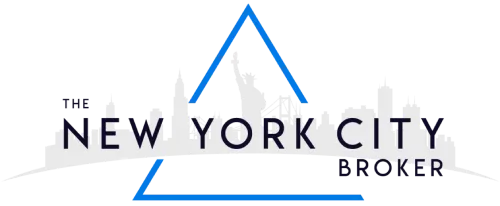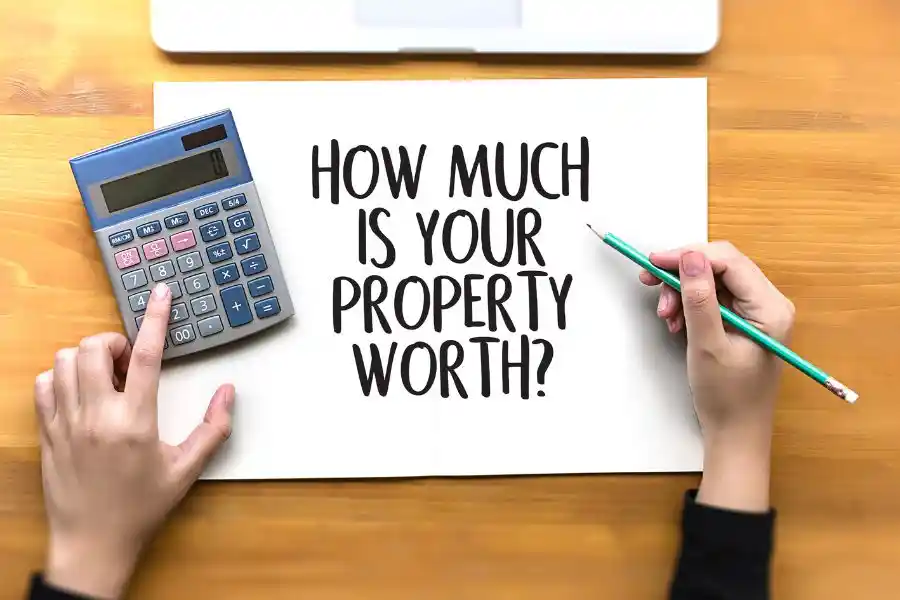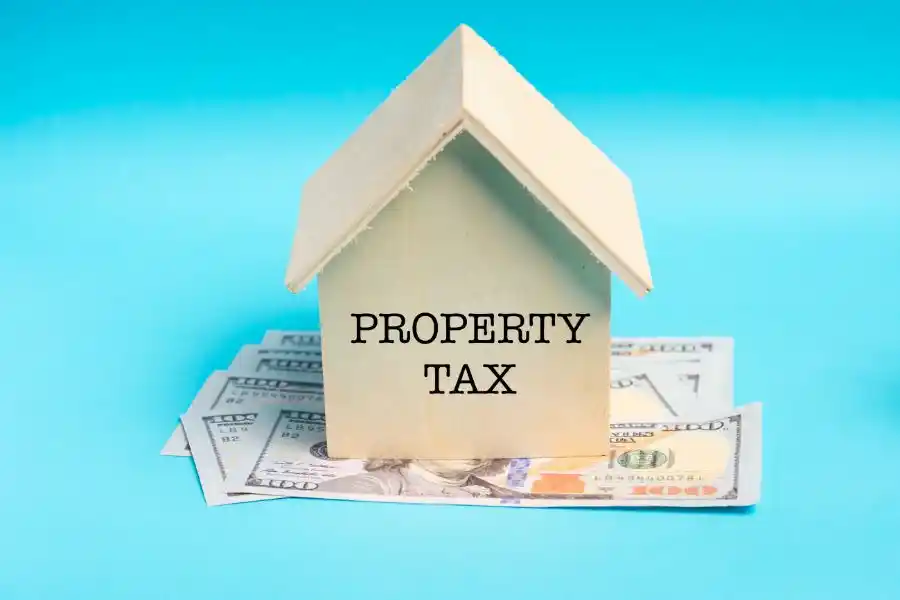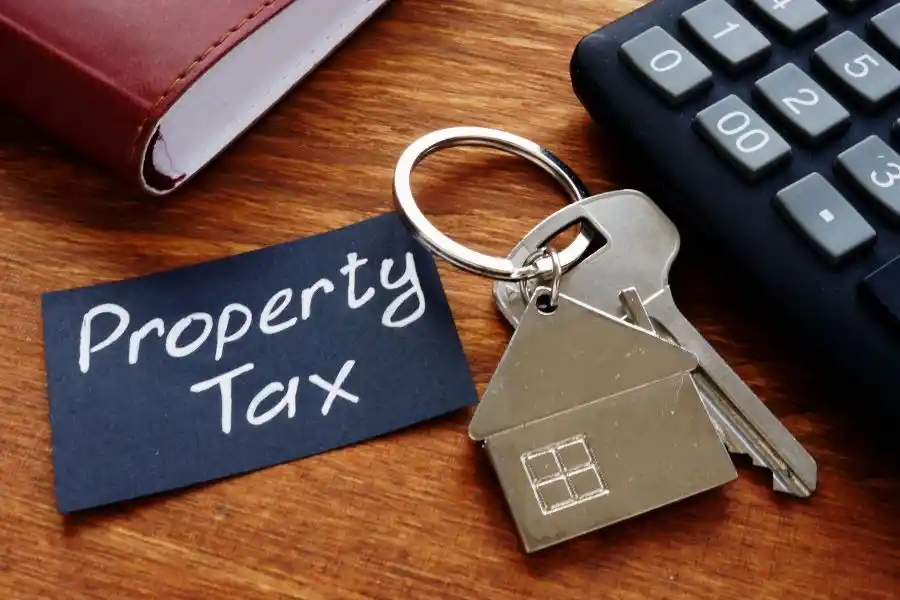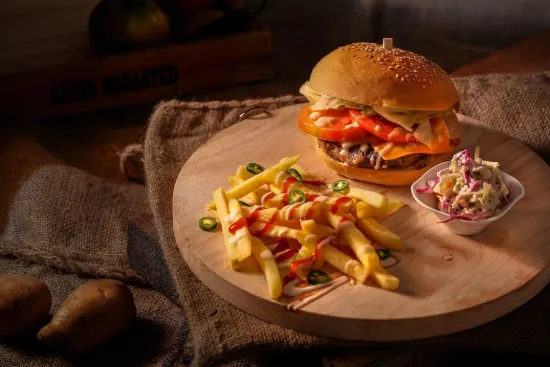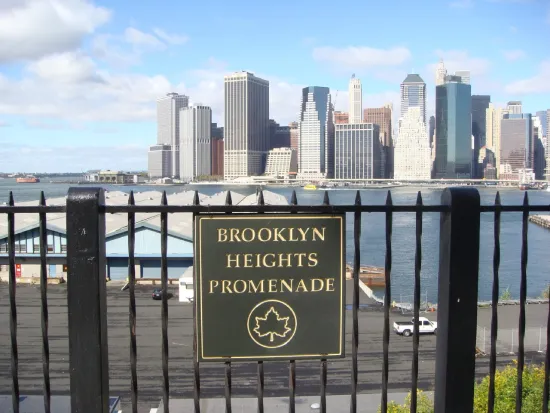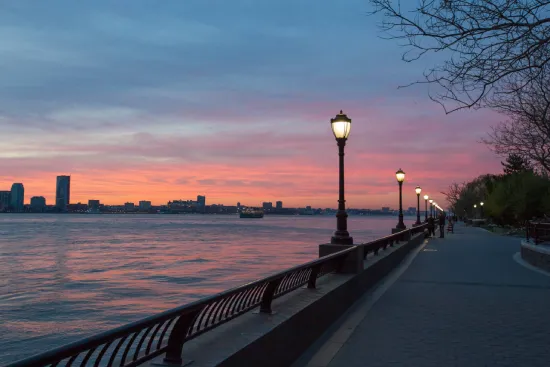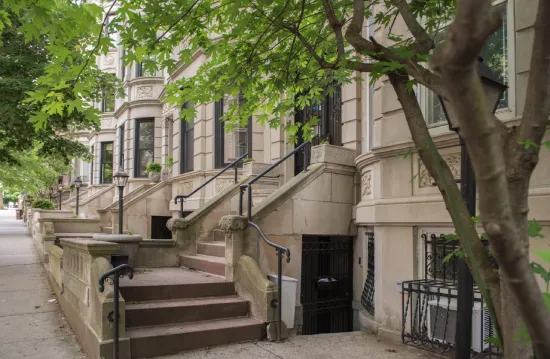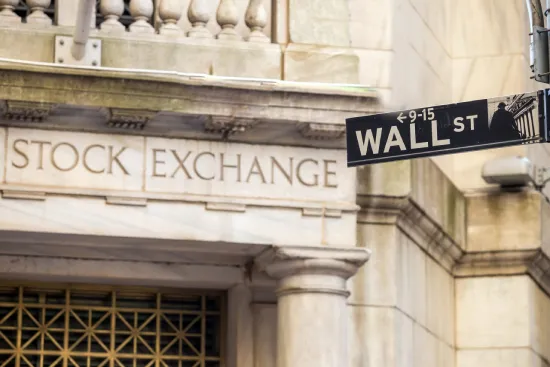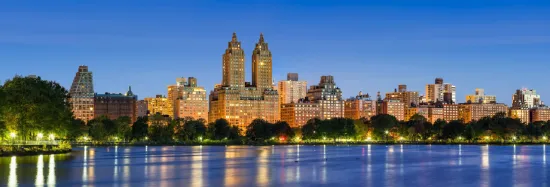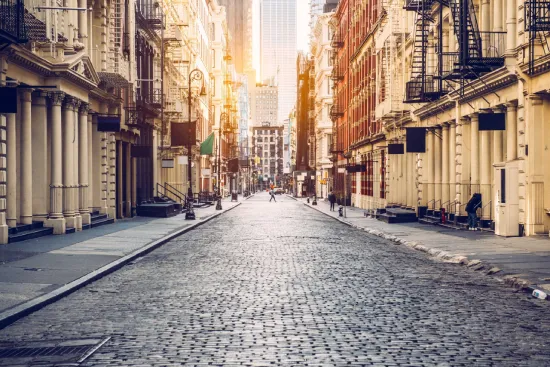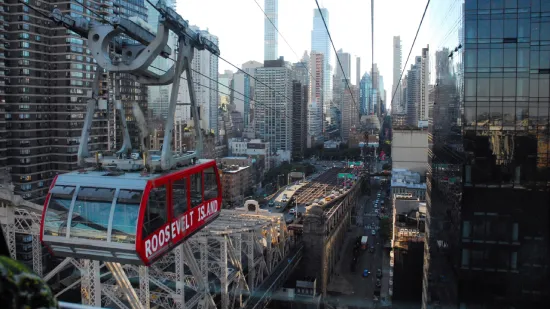Riverdale is a perfect blend of urban and suburban as well as a unique mixture of different cultures, offering a characteristic quiet and laid-back aura.
Geography
On one side, Riverdale is bordered by the Hudson River. Its “land borders” meet with Yonkers, Fieldston, and Kingsbridge (on the same side), and Spuyten Duyvil or Harlem River because some people recognize it as a separate neighborhood while others consider it a part of Riverdale. The actual boundaries are a bit disputed as some sources put Henry Hudson Parkway inside Riverdale until where it connects with Broadway, while others don’t. Also, some maps recognize Fieldston as part of the Riverdale neighborhood, but some don’t. This stretches out the borders of Riverdale a bit more.
History
Riverdale and the surrounding neighborhoods were a mixture of farmland until the mid-1800s. Then it was identified as a beautiful suburban area, and affluent New Yorkers, primarily from Manhattan, moved into the area and built large estates. Two catalysts that contributed to more significant migration from other parts of New York to Riverdale (and surrounding neighborhoods) were the Manhattan Cholera outbreak and the construction of what is now Henry Hudson Bridge (1853).
After the Second World War, the neighborhood saw a lot of new construction, primarily luxury apartment buildings (the 1950s), which were later converted into co-ops (2000s). The 50s were also the time when neighborhood-wide campaigning and the effort to preserve the historical and natural charm of the neighborhood resulted in a healthy mix of single-family homes and high-rise buildings in the neighborhood.
In 1974, the Russian Government built a residential compound (which resembles a fortress) and school in North Riverdale, part of the permanent Mission of the USSR to the UN. The NYC Landmarks Preservation Commission designated part of the neighborhood as Riverdale historic district in 1990.
Origin of The Name
The name “Riverdale” is an amalgamation of the words ‘river’ and ‘dale’, which refers to a valley. The Riverdale neighborhood, along with North Riverdale, got its name from its English inhabitants who named it Riverdale because of the presence of several streams, brooks, and meadows in a relatively hilly area, giving it the appearance of a valley.
Another possible reason (if we add Spuyten Duyvil to Riverdale) might be that it’s bounded by two rivers: Hudson and Harlem.
Main Attractions Of The Neighborhood
Riverdale is home to some amazing restaurants, a surprising number of which are kosher.
- Liebman’s Deli (552 W 235th St): It’s a well-known Jewish Deli and is almost a historic landmark of the neighborhood. It’s best known for its pastrami sandwiches.
- Yukka (5684 Riverdale Ave): It’s a Latin American Bistro with a great environment and amazing food.
- Beccofino (5704 Mosholu Ave): If you are craving traditional Italian food when you are in Riverdale, Beccofino might be just the place.
- Tokyo House (5648 Riverdale Ave): Tokyo House offers affordable Japanese food (so no fancy tuna or premium sushi) and can be a great spot for trying something new.
- Downey’s Bar & Grill (5790 Mosholu Ave):It’s a nice pub with live music and a good selection of drinks. It’s better known for its burgers.
Some of Riverdale’s most well-known buildings are:
- Solaria (640 W 237thSt): Tallest building in the neighborhood, stands about 220 feet tall. It’s a luxury condominium building.
- Russian Mission Residential Complex And School (355 W 255thSt): Built in 1974, this fortress-like white behemoth is a residential and school building and is considered a symbol of Russian and US cooperation.
- Riverdale Presbyterian Church (4765 Henry Hudson Pkwy W): It’s a beautiful Gothic-revival style building with stone architecture and red doors.
- Lou Gehrig’s Home (5204 Delafield Ave): The house in which the Yankee legend Lou Gehrig passed away.
- Whitehall (3333 Henry Hudson Pkwy): A premium luxury apartment and office building from 1970.
Since it’s one of the greenest neighborhoods in the Bronx, Riverdale’s main attractions are its selection of parks.
- Van Cortlandt Park (Broadway and Van Cortlandt Park S): Accessible through Riverdale (though its inclusion in the neighborhood is disputed), it is the third-largest park in the city. It’s spread out over more than a thousand acres.
- Wave Hill Public Garden(4900 Independence Ave):The 28-acre state includes beautiful botanical gardens, a selection of greenhouses, and beautiful, peaceful views.
- Riverdale Park (254 Palisade Ave): It’s a great park for walking, biking, and hiking. It offers an exquisite experience of the woods.
- Seton Park (Independence Ave): If you are looking for clean, green open spaces and some basketball and tennis courts, Seton Park should be part of the tour.
- Van Cortlandt House Museum (6036 Broadway, Van Cortlandt Park): It’s the oldest surviving building in the Bronx and was built in 1748. It’s inside Van Cortlandt Park.
What Is Riverdale Known For?
- For its greenery. About a quarter of the neighborhood is dedicated green space.
- Mark Twain and Theodore Roosevelt used to live here
- Van Cortlandt Park, which is almost twice the size of Central Park
- Affordable single-family homes and large lots
Population
The city government estimated the population of Riverdale and Fieldston at 102,927 in 2018. Riverdale has parts of two zip codes: 10463 and 10471, with a combined population of over 93,500. A local councilman, in a 2013 meeting, put the population of Riverdale at 40,000.
Interesting Facts About Riverdale
- The largest number of cricket fields (eight) in NYC (Van Cortlandt Park).
- While the city’s mixed urban/suburban feel resonates with the town portrayed in the TV series Riverdale (and the original comic), it’s not based on the Riverdale neighborhood as per the creators.
